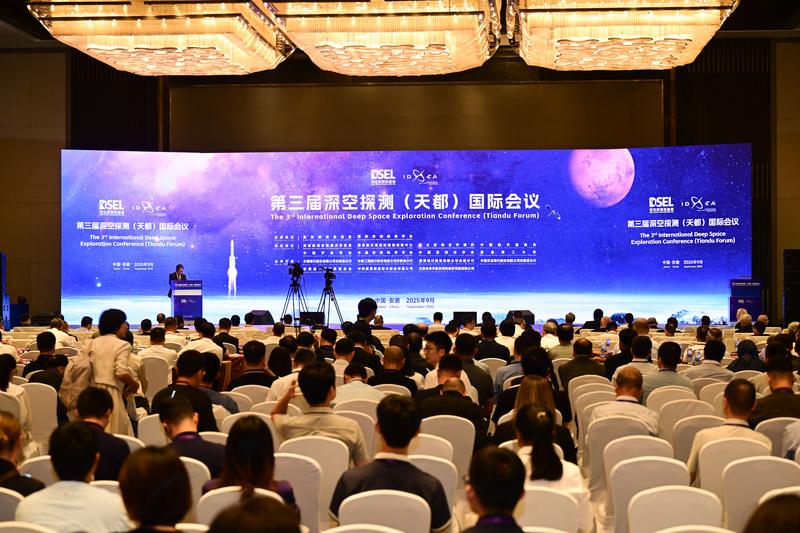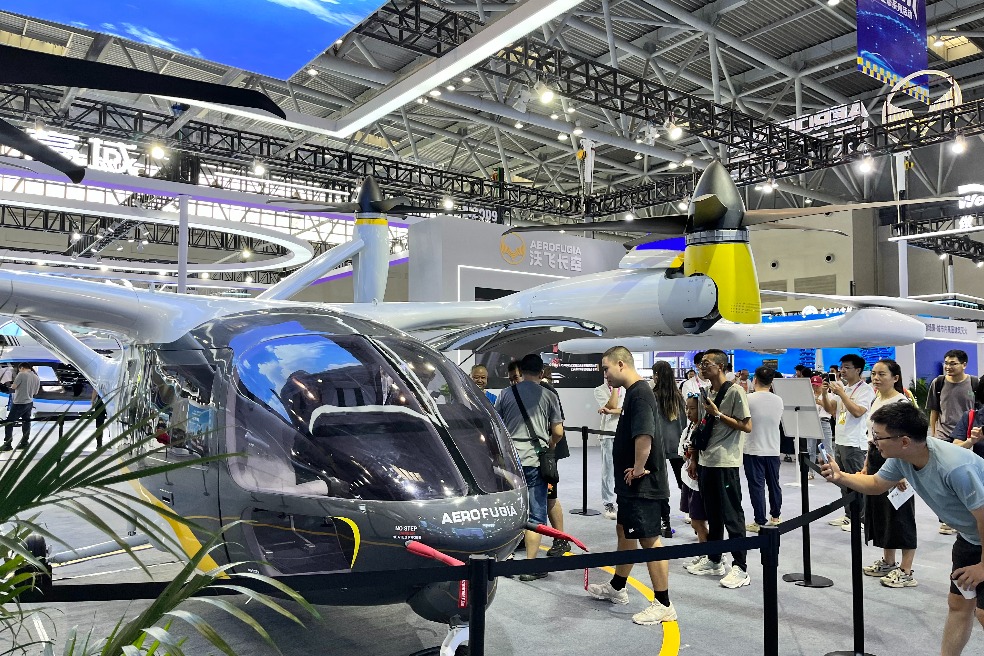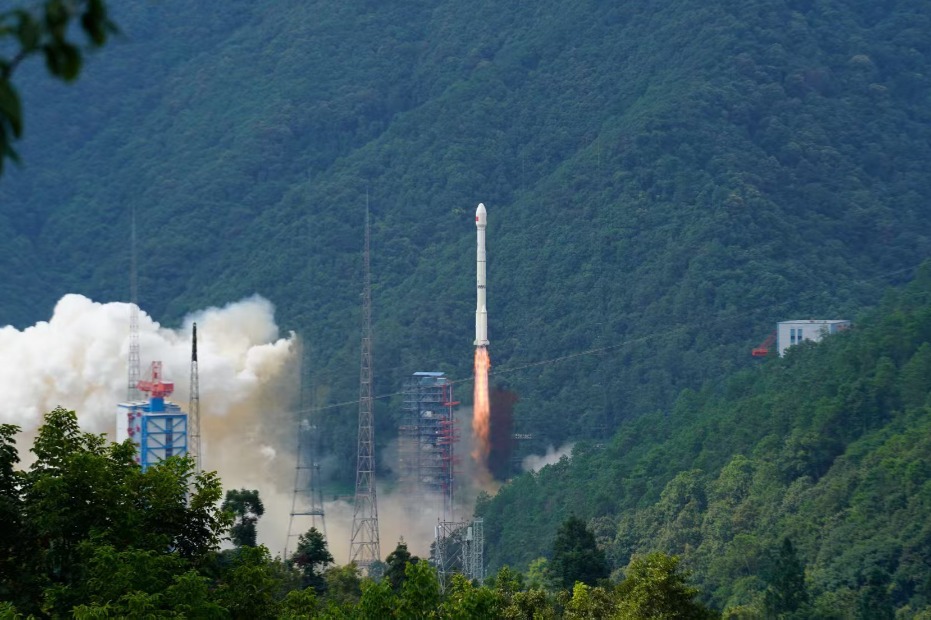China unveils asteroid defense mission plan


China is planning a kinetic impact demonstration mission to test the feasibility of defending Earth against potentially hazardous asteroids, a senior space scientist revealed at an international conference on Friday.
Speaking at the opening of the third Deep Space Exploration (Tiandu) International Conference in Hefei, Anhui province, Wu Weiren, chief designer of China's lunar exploration program and an academician of the Chinese Academy of Engineering, gave a comprehensive overview of the country's asteroid exploration and defense strategy.
Wu said the mission will follow a "fly-along–impact–fly-along" model, involving both an observer and an impactor spacecraft. The observer will arrive first to conduct close-up surveys of the target asteroid, collecting detailed physical parameters. The impactor will then strike the asteroid at high speed, while both spacecraft, together with ground- and space-based assets, record the event using advanced imaging technologies to precisely assess the results.
"Asteroids number in the billions in our solar system, and they are often called 'fossils' of its formation and evolution," Wu said. "While rich in metals such as iron, nickel, and platinum group elements, as well as water ice, near-Earth asteroids are also considered one of the top existential threats to humanity."
In recent years, the China National Space Administration has initiated projects on near-Earth asteroid exploration and defense, with plans to establish a national defense system against small celestial bodies. On May 29, China's Tianwen 2 probe was launched with the dual mission of collecting samples from near-Earth asteroid 2016 HO3 and later conducting a fly-along study of main-belt comet 311P.
Wu said Chinese scientists envision a relatively complete defense architecture, covering early warning, in-orbit response, and system-level preparedness. The plan includes building an integrated space-ground monitoring and alert network capable of cataloging asteroids, issuing risk assessments, and providing early warnings.
On the operational side, the strategy emphasizes "kinetic impact as the primary method, complemented by multiple technologies." A variety of spacecraft would be developed to evaluate or deal with threatening asteroids, supported by a task library of defense missions tailored to different risk scenarios.
"The goal is to ensure that once a threat is discovered, we already have a plan in place, and once a risk arises, we can respond effectively," Wu said.
- China's Galactic Energy launches three satellites
- Chinese firms 'building trust' overseas through global opinion leaders, original video
- 'Macao + Hengqin' cooperation acts as a new model
- China's CERES 1 rocket launches new satellites
- China premieres first 8K documentary on manned spaceflight mission
- China unveils asteroid defense mission plan
- China's Galactic Energy launches three satellites
- Former securities regulator Yi Huiman under probe
- China to enhance jail rehabilitation, education in draft law revisions
- 'Macao + Hengqin' cooperation acts as a new model
- Breakthrough made in chemicals production




































